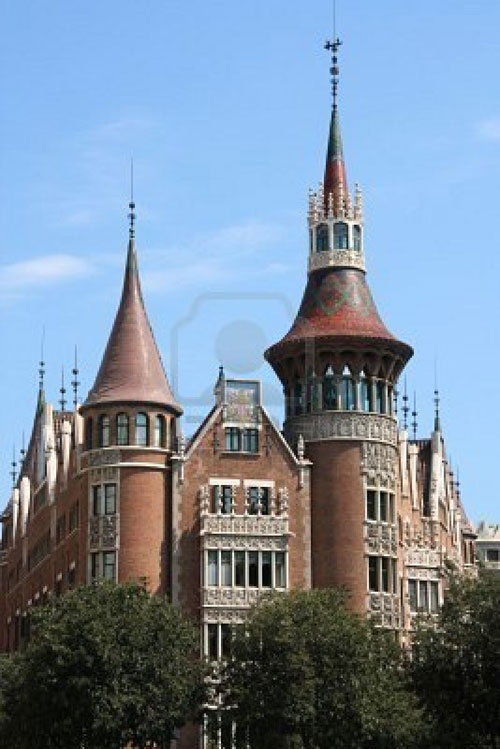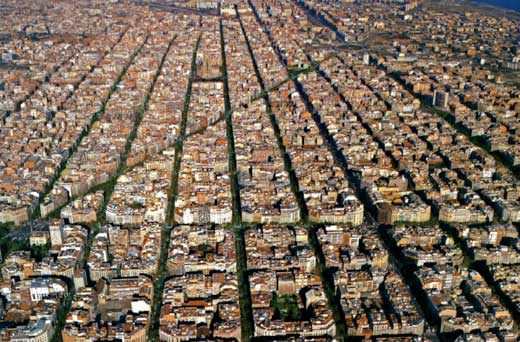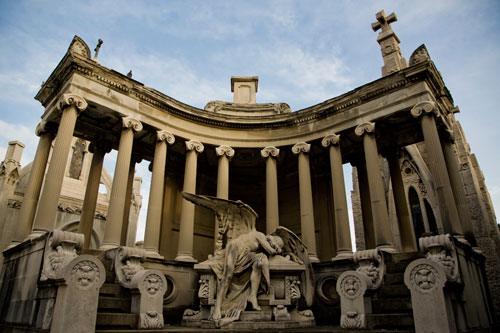1900 is a complex fabric of cultural dimensions that converge at an intersection we call the end of the century. In a context of heterogeneity of thought a great eclectic and syncretic movement will erupt.

The subject becomes a fragmented crowd. This metamorphosis of the individual is the result of a change in the environment: the oppression exercised by the walls in a rapidly growing society created a new urban fabric, the construction of a modern city. A public announcment released on June 27th, 1843 said: Bring Down the Walls!. This was the beginning of the demolition of a barrier that oppressed and stifled a city that was crying out to expand and breathe. Undoubtedly, this will mark withour a doubt a turning point in the history of Barcelona, the changing of an old town to a big industrial city.
From this moment, the disappearance of the old medieval walls, the construction of the “Eixample” the 1867 (designed by Ildefonso Cerdà) and the annexation of several independent municipalities the 1897 (Gracia, Sants, Sant Martí de Provençals …) Barcelona became a art center in which urban development, industrial, commercial and artistic movement converge
In a complex society, the bourgeoisie from Barcelona surpasses the binomial proletariat. The powerful families of the capital will be involved in the industrial revolution, relying on modernity and progress, to take control of the political and economic power. This enrichment is unsustainable, creating huge inequalities in the working class, soon to fight for their rights. The beautification of the city was growing, but unfortunately the social differences were also becoming more noticeable. The luxurious downtown part of Barcelona (Paseo de Gracia, Rambla Catalunya …) contrasted with the misery of the surrounding areas, a landscape of smoky factories in Raval, Sant Marti Provençals, Barceloneta … meanwhile the anarchist movement wants to transform the system, carrying out, in prophetic way , the “people´s historic mission” in 1893 triggering the anarchist bombings.
Culturally, the University is recovered. spaces and associated entities that have a strong social impact, begin to bloom since they act as small clusters of action and a exchange for political, cultural and artistic ideas
The new cultured and beautiful Barcelona will be known as the Paris of the South, the Manchester of the Mediterranean the Rose of Fire (for its anarchism and social conflict) the bombed city (due to the the attacks), the Pearl of the Mediterranean (for its privileged port) or the burnt city (for the burning of convents in the Tragic Week of 1909). all names, visions different meanings and ways of seeing and experiencing the city of Barcelona in 1900, a constant interplay between the ideals of a city that is dreaming for its future but suffering the side effects of a broken confronted city
Understanding the past is to understand the present and you can travel through history with the movie: Barcelona, ??pearl of the Mediterranean (Cabot Films, 1912), produced by Company of Strangers to promote tourism in the city.
 Cinta Blanch
Cinta Blanch
Want to experience firsthand the emergence of the apartments in Barcelona Experience the past and live the present.

 English
English Translated by: Marc
Translated by: Marc

